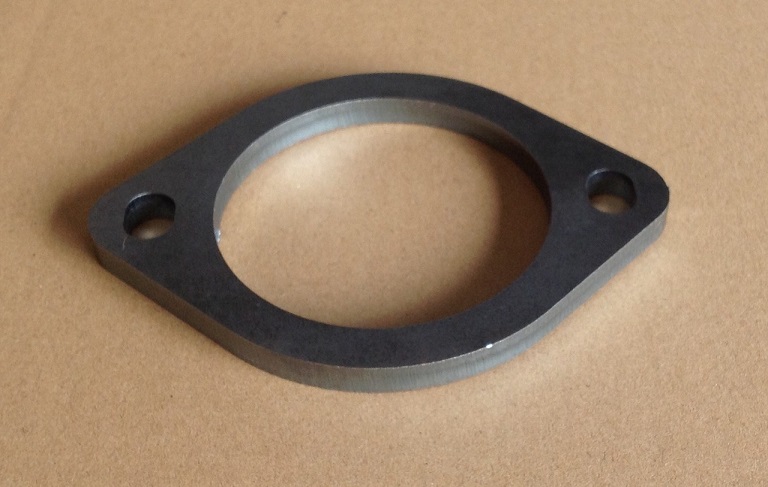Flange plates (not to be confused with skid plates) are one of the smallest, most simple by design, yet equally as important as any other part of any vehicle’s exhaust system. They secure the connection between the exhaust manifold and the tube segments, thus ensuring the flow of the exhaust gases that come in and out of the exhaust system have an unobstructed path. A lot of people overlook these small parts, until they become an issue and they have to replace them. The two most important things to consider when replacing a worn down and damaged flange plate are the material and size.

You’ll come across OEM and aftermarket flange plates, and it’s mostly up to you which one you’ll end up buying. However, worth knowing is that OEM flanges are almost always going to be the perfect fit for your vehicle, unless you’ve done some modifications to it. All flanges have either two or three holes spaced out in various ways, depending on the model of your vehicle or the type of exhaust system, as they need to match the ones you have on the manifold.
However, in order to ensure a perfect fit, the diameter of the flange plate doesn’t need to have the exact same diameter of the tubes. Instead, it needs to have the exact same diameter as the opening of the manifold. This is due to the fact that exhaust flanges can be adjusted. There are five measurements you need to be aware of: bolt circle, height, width, thickness and internal diameter.
You’ll usually come across flanges with diameter sizes of 76mm, 63mm and 50mm. These come in a range of bolt circle diameters, so you’ll have to make sure the inner circle and bolt circle match the manifold on your vehicle. The height and width aren’t as important as the other measurements, since they’ll typically be compatible if the other measurements match. If you have an oval exhaust flange, none of the typical measurements matter, since the market for oval exhaust flanges is much smaller, so it’s easier to find an ideal match.
The material of choice for manufacturing flanges is typically some form of steel or aluminium. All of them would do a decent job, with aluminium and stainless steel being considered the better ones, simply because of their corrosion and rust resistance properties. However, that comes at a higher price, of course. That being said, flanges are typically replaced only when necessary, as a big part of the exhaust system needs to be first removed to replace them.

